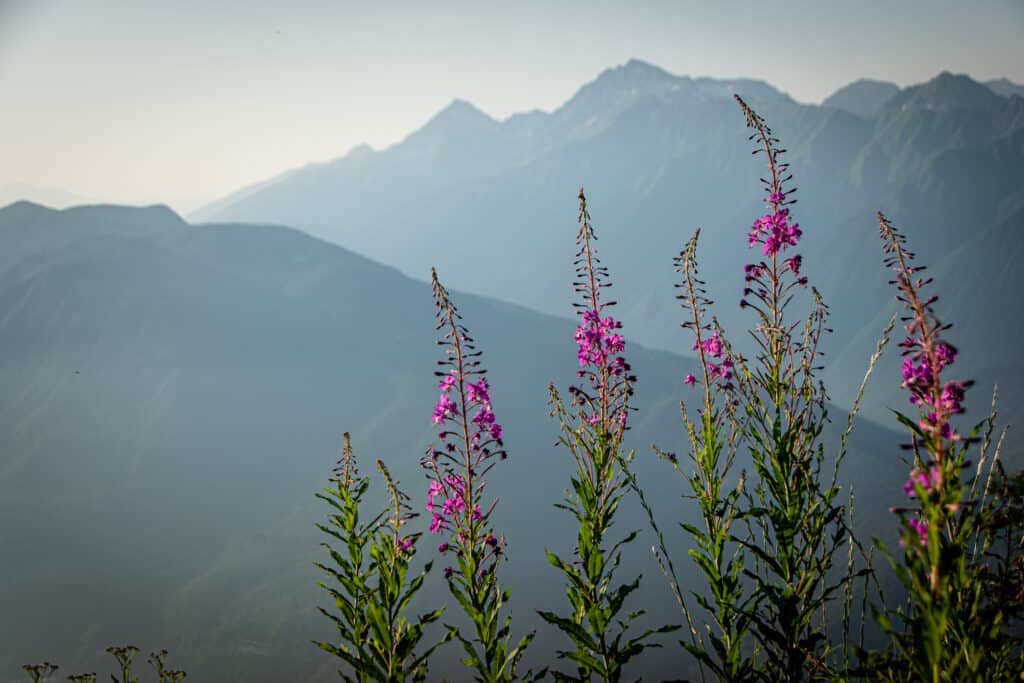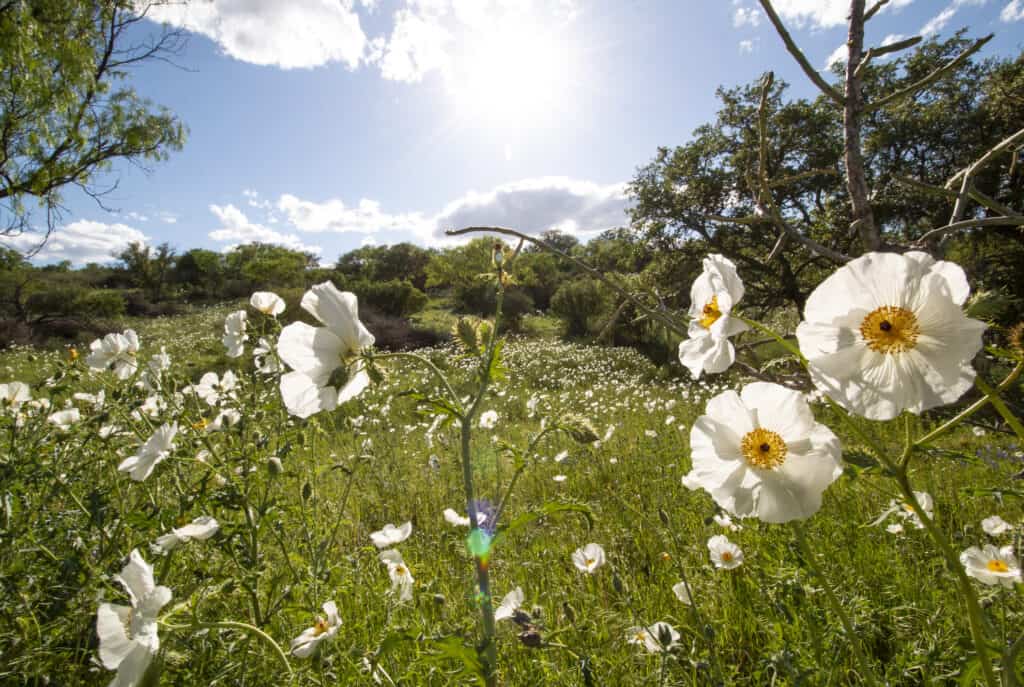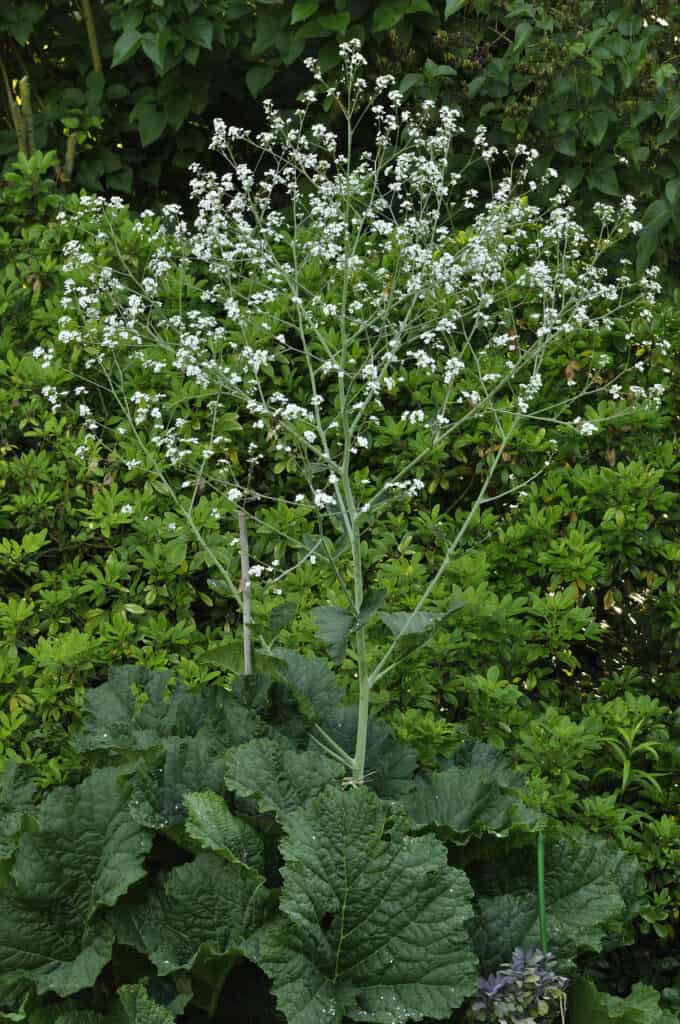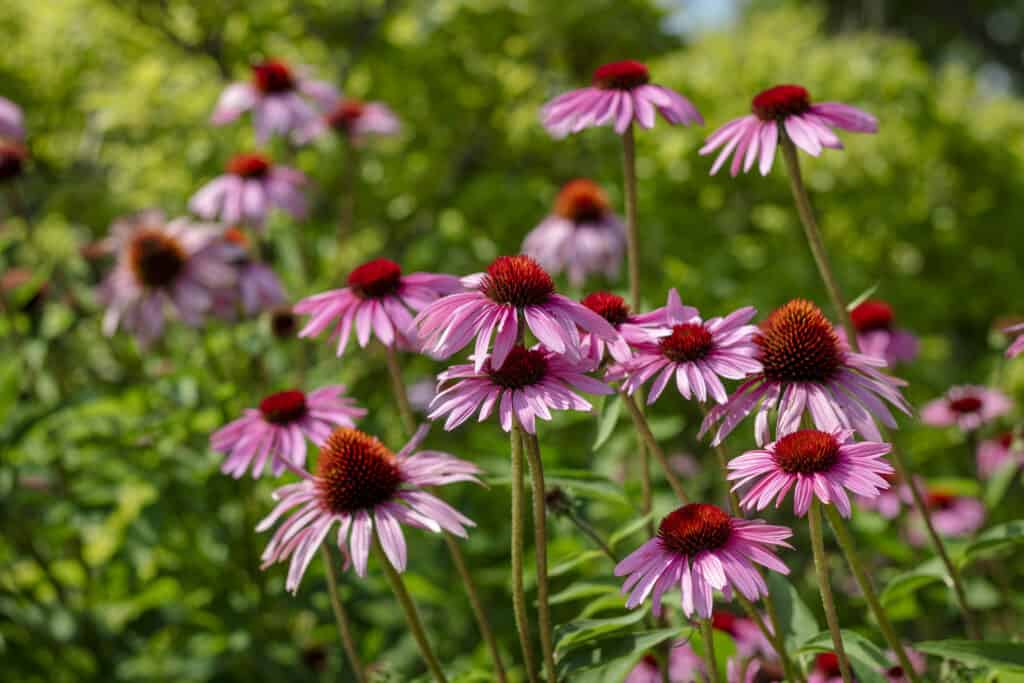What are the best perennial flowers for your garden?
Choosing the right plant all comes down to where it’ll be sitting, the care it needs, and its purpose. Perennials are non-woody plants that can live for two or more years. Some are evergreen and can survive the winter months; others are herbaceous, dying in the fall. With careful selection, you can use perennials to create borders throughout the seasons.
Let’s look at the best perennial flowers for the summer season.
1. Fireweed

First, on our list of the best perennial flowers, we have fireweed. (Epilobium Angustifolium album/Chamaenerion angustifolium). It’s also known as great willowherb or rosebay willowherb. This is a vigorous, upright spreading perennial in the evening primrose family. It has small, 4 petaled flowers with long erect spires. This plant blooms in the late summer. The flowers are most deep pink or rose-colored and rarely white. The leaves have a narrow, lance shape and wavy edges with dark green colors.
The native habitat for fireweed is woodland edges, waste ground, and roadsides. The plant originates from North America, Europe, Asia, and Australia. The best cultivation involves growing this plant in moist, well-drained soil. It also requires partial sun or shade. It’s the perfect perennial if you’re designing a wild garden!
When plants switch from vegetative growth to flowering, a major change happens in the shoot apex. The transition happens once in annuals and repeatedly in perennials. That’s why there are multiple propagation opportunities. Overall, propagation works best with softwood cuttings of the side shoots during the spring. It’s a great plant for zones 3-7 and reaches a height of four to five feet. Finally, the spread is 20 inches or more.
2. Woodland Tobacco

This perennial species is a tall, erect flower that grows in the wild. It has large, white flowers with long petals and greenish-yellow throats. The native habitat for woodland tobacco (Nicotiana sylvestris) is woods and thickets.
The plant originates from Argentina. It’s a shade-tolerant plant that can grow as an annual. It does best in areas with shelter, so you can appreciate its strong fragrance.
Propagation works best with seeds sown indoors in late winter or early spring. It’s a great plant for zones 9-10 and has a height of five feet or taller. The spread is typically 30 inches.
3. Coulter’s Matilija Poppy

Another vigorous, woody-based perennial that’s also rhizomatous is Coulter’s Matilija Poppy or the California tree poppy (Romneya Coulteriis). A rhizomatous perennial, it’s one that has an underground horizontal stem that sends out vertical shoots and roots at intervals. This allows the plant to quickly spread and fill in an area. Coulter’s Matilija poppy has beautiful white flowers with yellow centers that can reach up to eight inches in diameter!
The native habitat for this plant is chaparral and hillsides. It originates from California but can now be found in the foothills of Mexico. This flowering plant requires full sun and well-drained soil. It also does best in a sheltered sight.
If it’s in a cold area, Romneya Coulteri requires a dry mulch during the winter season. The mulch helps resents transplanting.
Propagation is typically done by seed. You can also take root cuttings taken from young plants. It’s a great plant for zones 8-10 and reaches a height of four to six feet with a six-foot spread.
4. Greater Sea Kale

Enjoy one of the best perennial flowers that’s also multi-branched and has a woody rootstock. Greater sea kale (Crambe cordifolia) has small, fragrant, white flowers and is a member of the Brassicaceae family. It is also known as heart-leaved Crambe and grows in rocky soil near the coast of Europe and North America. The plant naturally occurs in New Zealand and Australia.
Some of the best habitats include rocky soils, like the ground by the Caucasus mountains. Propagation works best by division in the spring or seed in the fall. This plant prefers full sun but will tolerate partial shade. This perennial does best in zones 6-9. It has a height of six feet and a spread of four feet or more.
5. Purple Coneflower

This popular flower is commonly called coneflower because of its spiky central disk. Echinacea purpurea, which is a member of the Asteraceae family, is native to North America, where it grows in prairies, meadows, and open woods. All parts of the plant have medicinal properties. The most notable parts are the flowers which can boost the immune system.
Echinacea purpurea is has purple flowers but other varieties comes in many colors, including white, yellow, and pink. The plant grows to a height of two to four feet and blooms from mid to late summer. Echinacea is easy to grow in any well-drained soil in full sun. It’s a great plant for zones 3-9 and is deer resistant. Propagation can be done by dividing the root ball in spring or fall.
6. Sea Holly

Another one of the the best perennial flowers is a clump forming variety, sea holly (Eryngium eburneum). The flowers are small and rounded and almost thistle-like and resemble certain extinct flowers.
Sitting on branched stems, the flowers bloom in late summer. They have green colors with white stamens. The leaves are evergreen and arch in a sword shape. The leaves also have a strong spine at the margin that’s gray-green.
The native habitat for sea holly is South America, in the damp grasslands. That’s why this perennial does well in moist soil on a sunny site.
The flowers dry perfectly for winter arrangements. However, before you cut them, wait for the flowers to fully open. Make sure you keep your garden rabbit safe so the flowers have time to bloom.
To propagate, use the seeds in the autumn and root cuttings in the winter. This perennial does best for zones 9-10. It reaches a height of five to six feet and has a spread of two feet.
7. Giant Fleabane

Upright, vigorous, and clump-forming, giant fleabane (Inula magnifica) is a magnificent perennial. The plant has large flowers that resemble a daisy. The petals are slender and appear in clusters on the long leafy stems. This plant flowers in the late summer with an explosion of rich yellow colors.
The leaves of Inula magnifica are toothed, smooth, and hairy underneath. The native habitat is the scrub in the E. Caucasus region. The plant can tolerate partial shade, but it loves the sun. It does best in deep, moisture retentive soils with lots of fertilization.
To propagate, you’ll want to use seed or division in the spring or fall. This is a plant that thrives in zones 4-8. It reaches a height of six feet and has a spread of three feet.
Up Next
How to Draw a Sunflower in 8 Simple Steps
Aphids on Your Plants? How to Get Rid of Aphids Permanently
The 5 Best Insecticidal (Aphid) Soap To Protect Your Plants
Daisy vs. Chamomile: How to Tell These Plants Apart
The post 7 Best Perennial Flowers appeared first on AZ Animals.
from Animal News, Facts, Rankings, and More! - AZ Animals https://ift.tt/w9LJk8U